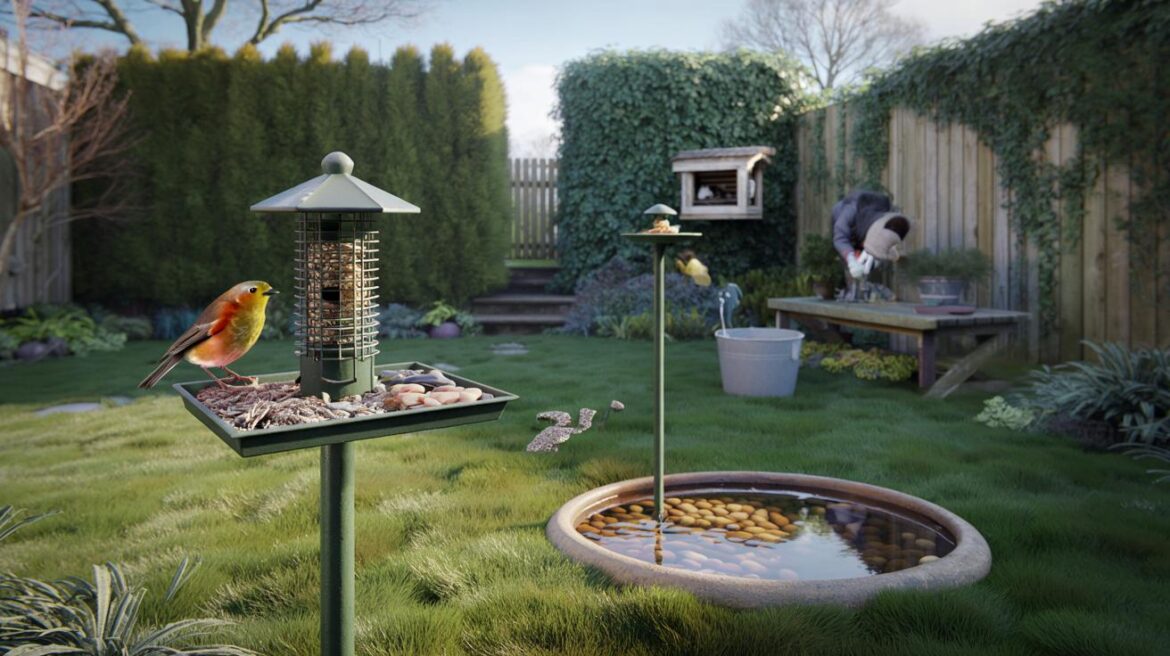A bright flash of red on a winter fence can lift a grey morning, but gardens can also pose hazards.
Households across Britain keep spotting robins on patios and hedges, yet many do not realise how much small choices shape a bird’s chances. Simple tweaks to feeder placement, nest boxes and hygiene can decide whether these bold little singers return, or vanish after a single visit.
Why robins need your help now
Robins visit gardens all year. They take advantage of food left out in lean months and cover from shrubs when young birds fledge. Pressures mount, though. Fewer insects after dry springs, hotter summers, tidier borders and prowling cats all chip away at survival. The gap you can fill is very specific: safe feeding stations, clean kit, and sheltered nesting spots at the right height and aspect.
Put feeders roughly 2 metres from dense cover. Birds gain a short dash to safety without handing cats an easy ambush.
That distance matters. Too close to thickets and a cat can spring. Too exposed and nervous birds waste energy scanning, not feeding. Think in terms of sightlines and escape routes, not only convenience for you.
Seven under-£15 fixes you can do today
Shift your feeder 2 metres from hedges or dense shrubs to cut ambush risk.
Add a shallow water tray with pebbles for grip; refresh it daily, especially in frost.
Offer small amounts of high-energy food: mealworms, suet pellets, and sunflower hearts suit robins.
Fit a seed tray under hanging feeders to catch waste; this reduces rats and mould.
Clean feeders weekly with a 1:10 disinfectant solution; rinse, dry and rotate locations.
Install an open-front robin box in a quiet spot 1–2 metres above ground, hidden by foliage.
Attach a bell or two to your cat’s quick-release collar; keep cats in at dawn and dusk.
Little and often beats heaped feeders. Fresh, modest portions lower disease risk and keep food attractive.
Where to place feeders and nest boxes
Robins like to feed low and in cover, but they avoid blind corners. Hang or pole-mount feeders with clear all-round views and a shrub within a short, direct dash. Keep them within 1 metre of windows or farther than 10 metres; mid-range distances can increase the severity of collisions.
For nests, robins favour open-front boxes tucked into ivy, thick shrubs or a sheltered wall. Fix them 1–2 metres above ground, away from regular footfall and barbecue smoke. Avoid south-facing aspects. A box turned between north and east stays cooler in summer and drier in wind-driven rain.
Face nest boxes north to east, and site them where cats cannot jump, cling or wait unseen beneath.
Placement detail
What it changes
2 metres from dense cover
Fewer cat ambushes; quick access to shelter
1–2 metres box height
Suitable for robin behaviour; less disturbance
North–east facing box
Reduced heat stress and rain exposure
>10 m or


Comments are closed.